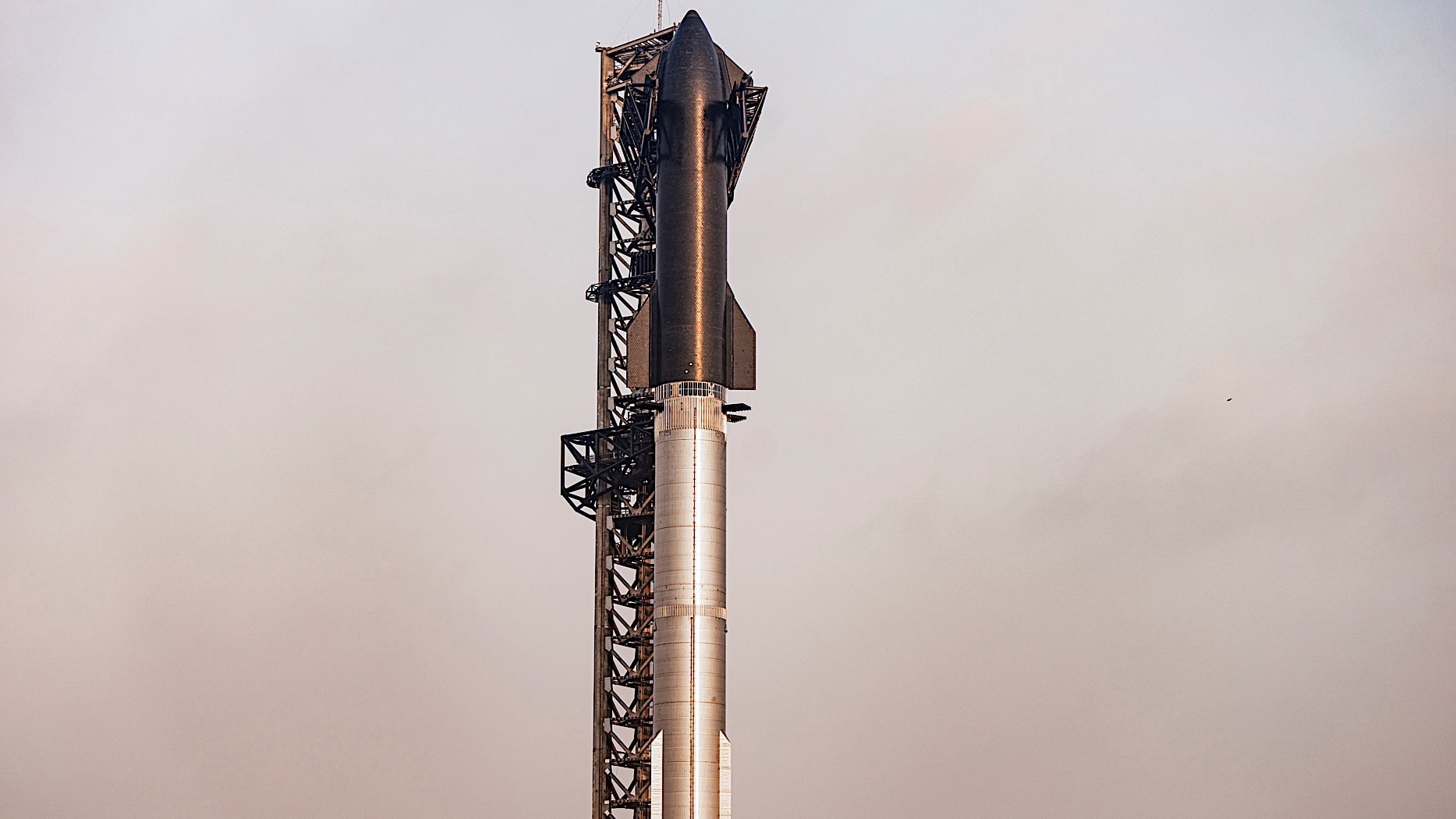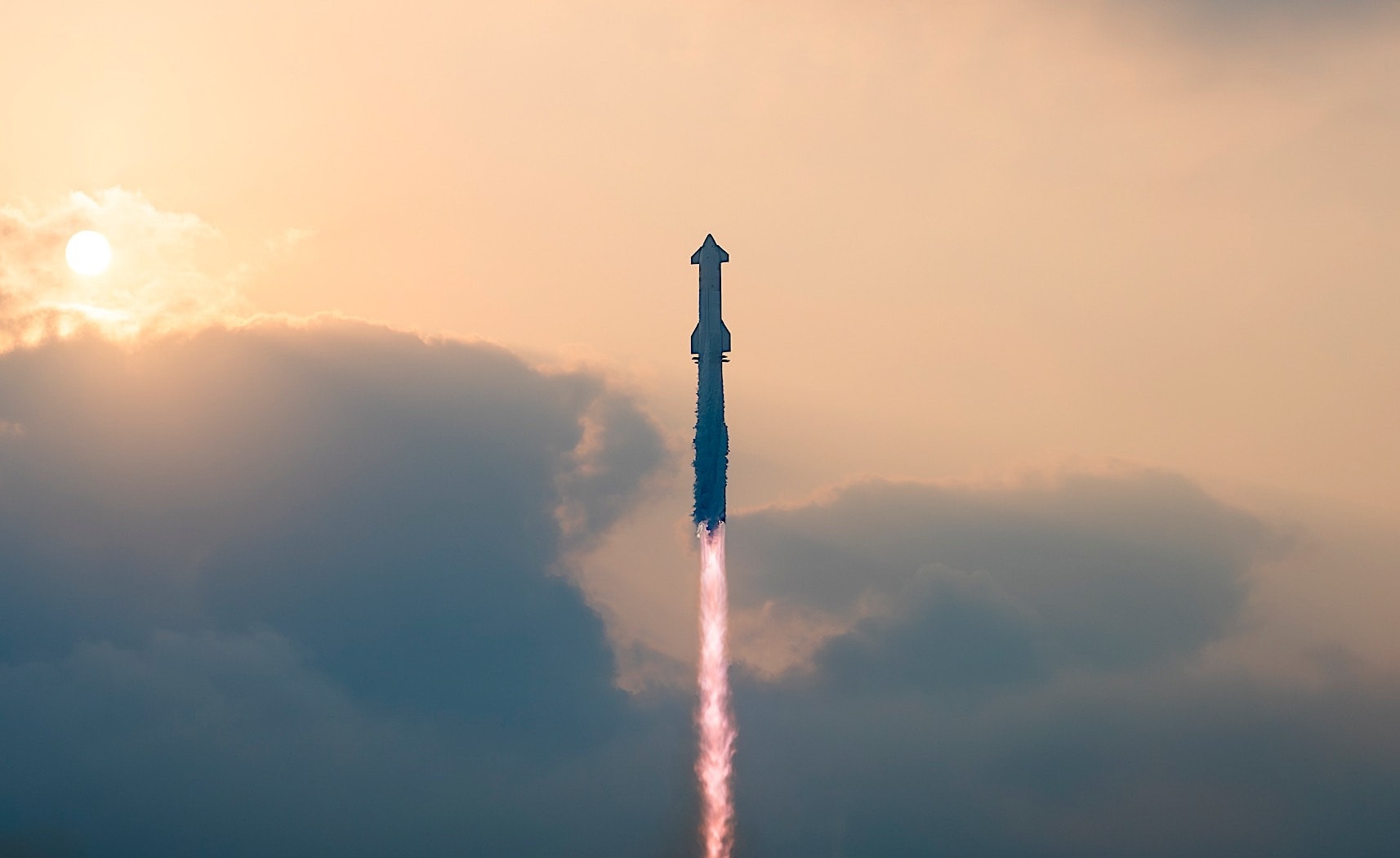SpaceX, under the audacious leadership of Elon Musk, is on a relentless pursuit to establish humanity as a multi-planetary species. At the heart of this audacious endeavor is Starship, a colossal spacecraft and its Super Heavy booster.
This titanic engineering marvel, currently under development, is poised to redefine space exploration. Equipped with a staggering 33 Raptor engines, each capable of generating an immense 230 tons of thrust, the fully reusable system promises to drastically reduce the cost of space travel.

Beyond its role in scientific exploration, Starship is envisioned as a versatile commercial cargo vessel, capable of delivering payloads to orbit and beyond for both private companies and government space agencies. In a testament to its capabilities, NASA has selected Starship as the vehicle to transport the first astronauts to the Moon since the Apollo era, marking a pivotal moment in the Artemis III mission.
SpaceX’s Starship is poised to redefine both terrestrial and extraterrestrial transportation. With a projected capability to whisk passengers between any two points on Earth in under half an hour, the Starship is not merely a spacecraft but a potential game-changer for global mobility. Its versatility extends far beyond rapid ground transport; it’s the vessel meticulously engineered to ferry the first pioneers to Mars and beyond, accommodating up to a hundred inhabitants on long-duration space voyages.
The recent revelation of a video capturing the Starship’s thunderous sonic boom during a test flight serves as a visceral reminder of the colossal scale and technological prowess embodied in this ambitious project. As SpaceX readies for another pivotal orbital launch, the world watches with anticipation, eager to witness the next chapter in this audacious pursuit of space exploration.

The deafening roar of a rocket launch is typically lost to the upper atmosphere, as most rockets are designed for single use and never return to Earth. Their sonic signatures remain distant echoes, unheard by human ears. However, space exploration is changing. Reusable rockets, such as those developed by SpaceX, are bringing the cosmos closer to us in more ways than one.
As these colossal machines descend through the atmosphere for a vertical landing, they produce a characteristic sonic boom, often likened to a forceful double clap of thunder. This auditory spectacle, reminiscent of the Space Shuttle’s return, has reached new heights with the Starship, whose landing burn generated a sonic boom of unprecedented power.

